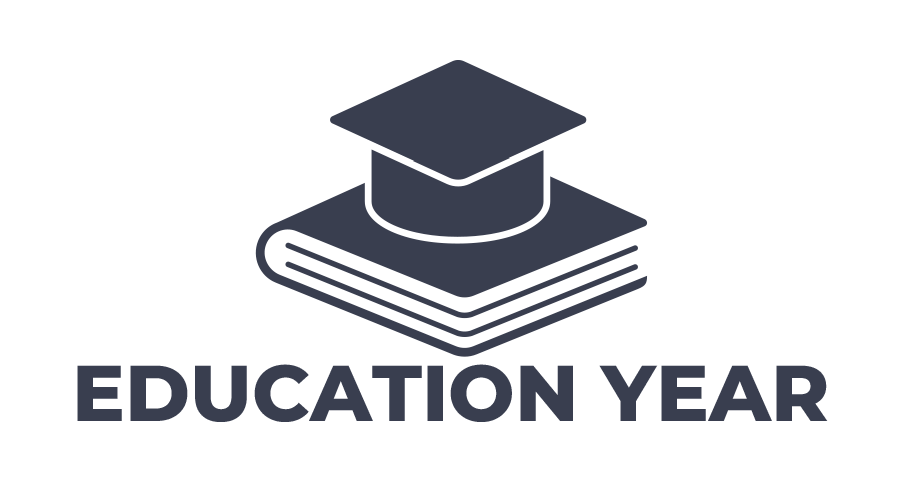The integration of technology into education has revolutionised the way we learn and teach. From interactive classrooms to personalised learning experiences, technology has become a cornerstone in modern education. This blog delves into the various ways in which technology is reshaping the educational landscape and enhancing the learning process.
Access to a World of Knowledge
The internet serves as a vast repository of information. With a few clicks, students can access a wealth of knowledge that was once confined to libraries and textbooks. Online resources, educational websites, and digital libraries provide a broader scope of information, making learning more comprehensive and diverse.
Personalised Learning Paths
Technology allows for adaptive learning experiences tailored to individual students’ needs, and is often used at this boys school in St Albans. Learning platforms can analyse a student’s progress and adapt the content and pace of instruction accordingly. This ensures that each student can learn at their own speed and grasp concepts effectively.
Enhanced Engagement and Interactivity
Interactive technologies such as smartboards, educational apps, and virtual reality tools make lessons more engaging. They stimulate visual and auditory senses, fostering a deeper understanding of complex concepts. Gamification and interactive quizzes further encourage active participation and retention.
Collaborative Learning Opportunities
Digital platforms facilitate collaboration among students, both within the classroom and globally. Tools like Google Workspace, online forums, and collaborative document editing platforms enable students to work together on projects, fostering teamwork and communication skills.
Accessible Education for All
Technology has made education more inclusive and accessible. Students with special needs can benefit from assistive technologies like screen readers, speech-to-text software, and adaptive learning tools. This ensures that every student, regardless of their abilities, has the opportunity to learn and succeed.
Instant Feedback and Assessment
Digital assessment tools provide immediate feedback on assignments and quizzes. This timely feedback helps students understand their strengths and areas for improvement, allowing for targeted study and better performance in subsequent assessments.
Global Learning Communities
Technology connects students to a global community of learners. Online forums, virtual classrooms, and social media platforms enable students to interact with peers from different cultures and backgrounds, broadening their perspectives and cultural awareness.
Preparation for the Digital Workforce
Incorporating technology in education equips students with essential digital skills. Proficiency in using software, online research, and digital communication tools are increasingly crucial in today’s job market. Education that embraces technology prepares students for a technology-driven workforce.
Data-Driven Decision Making
Educational institutions can use data analytics to track student progress, identify areas for improvement, and make informed decisions about curriculum and teaching methods. This data-driven approach enhances the effectiveness of educational strategies.
Technology’s impact on education is profound and far-reaching. It has transformed the way we learn, making education more accessible, interactive, and personalised. As technology continues to advance, its role in education will only become more prominent, opening up new avenues for innovative and effective teaching and learning methods. Embracing these changes ensures that education remains a dynamic and evolving force for positive change in society.

